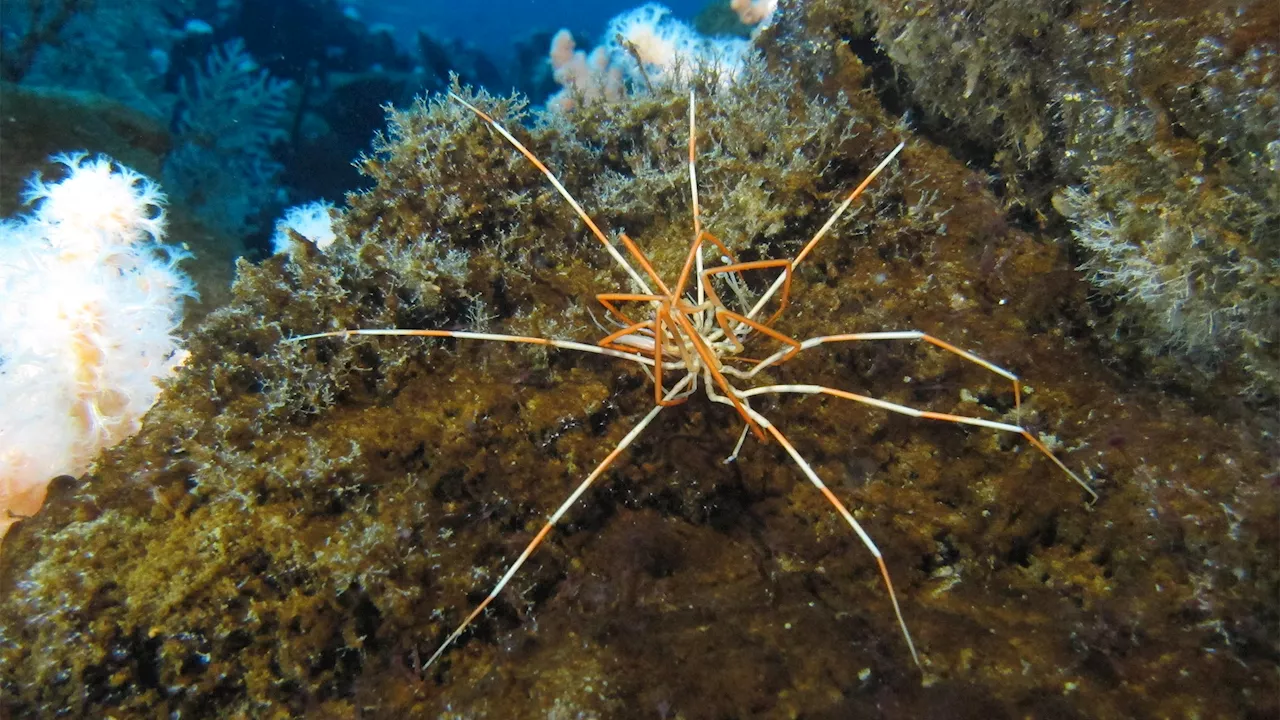Laura is a science news writer, covering a wide variety of subjects, but she is particularly fascinated by all things aquatic, paleontology, nanotechnology, and exploring how science influences daily life. Laura is a proud former resident of the New Jersey shore, a competitive swimmer, and a fierce defender of the Oxford comma.
The reproduction of giant sea spiders in Antarctica has been a puzzle for over a century. Studying their habits requires deep dives under thick Antarctic ice in frigid ocean temperatures. Now, a group of scientists may have finally solved the 140-year-old mystery of why the giant sea spiders lay their eggs on the bottom of the seafloor, unlike other sea spider species who carry them around. The findings are described in a study published February 11 in the journal Ecology.
Rupp C. megalonyx’ above average size and a unique parenting style sets them apart from other animals, not just those that live at the poles. Many sea spider species carry their eggs around until they hatch, in a behavior biologists call brooding. “In most sea spiders, the male parent takes care of the babies by carrying them around while they develop,” study co-author and University of Hawaiʻi at Mānoa marine invertebrate ecologist Amy Moran said in a statement.
Robbins. The two different mating groups produced thousands of eggs in a gelatinous cloud. One parent–likely the father–spent two days attaching the eggs to the rocky bottom of the tank. There, the eggs developed for several months before hatching as tiny larvae. After a few weeks, the eggs became overgrown with microscopic algae. This created the perfect camouflage to keep them hidden from predators including sea stars, rays, and crabs.
